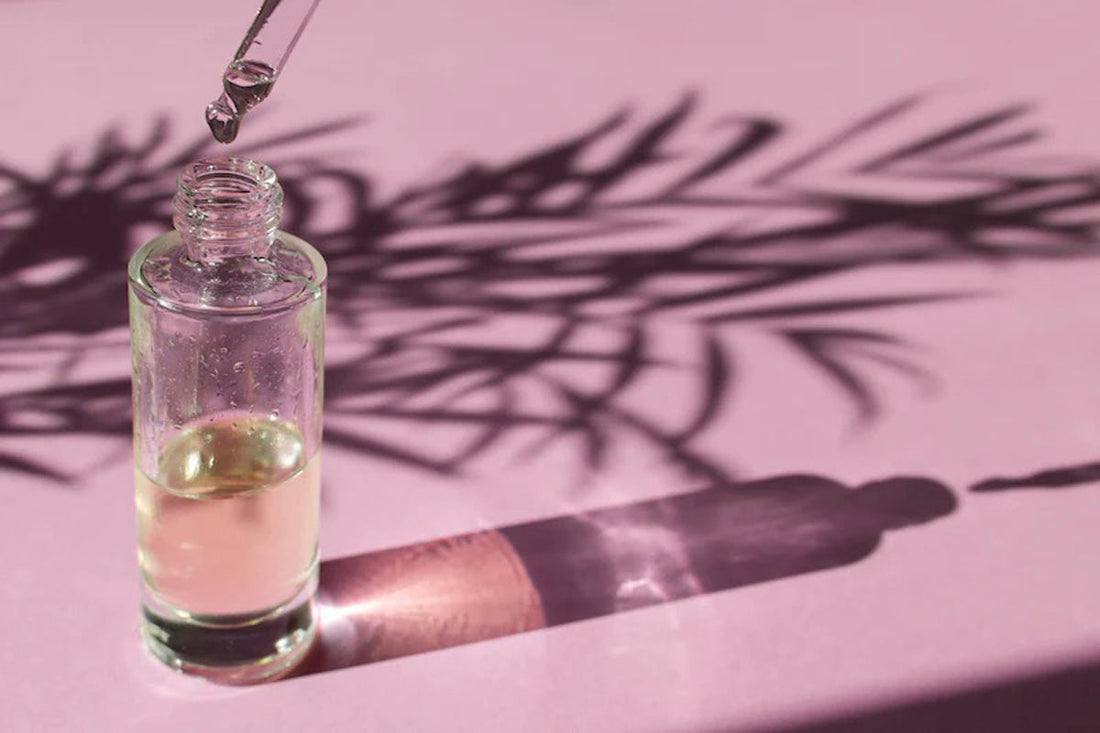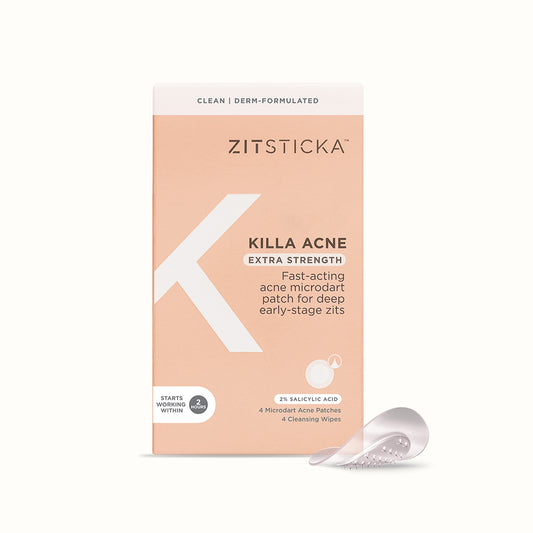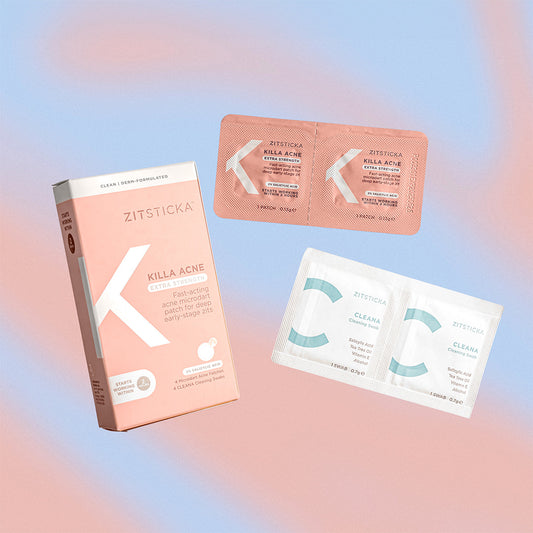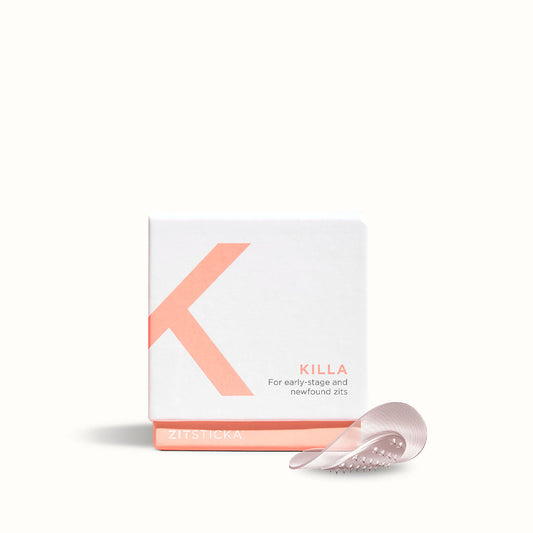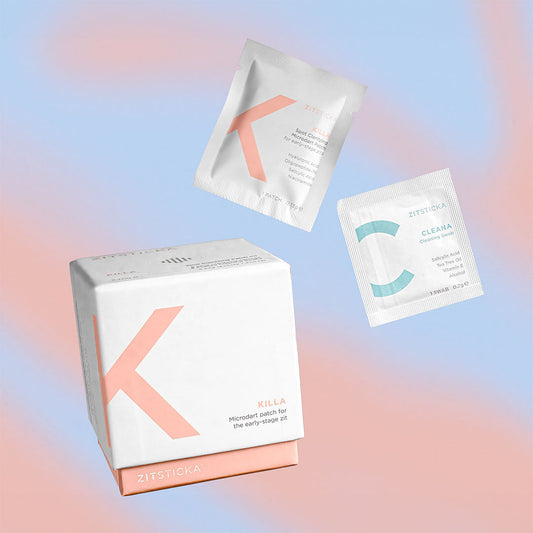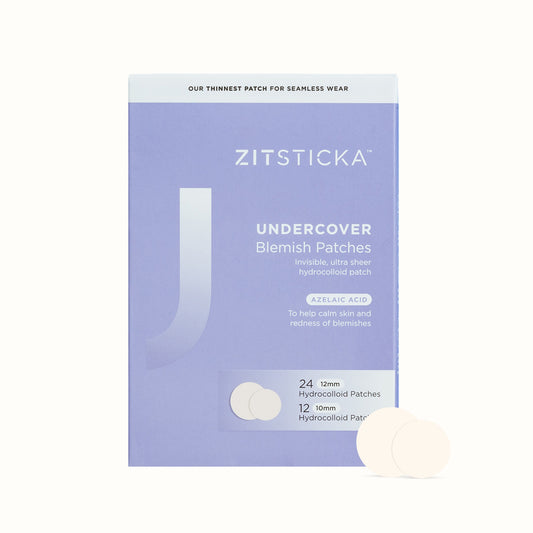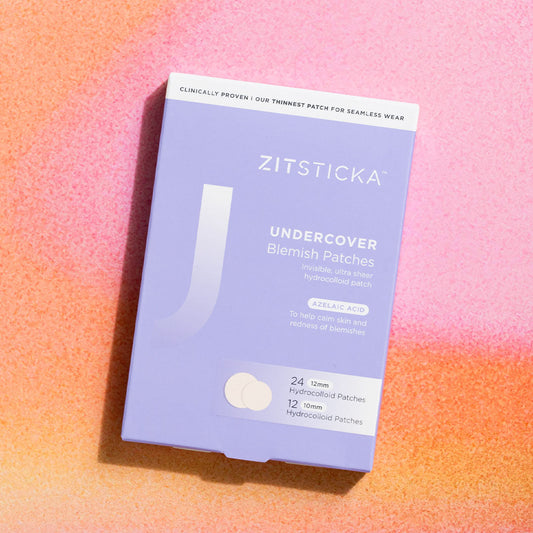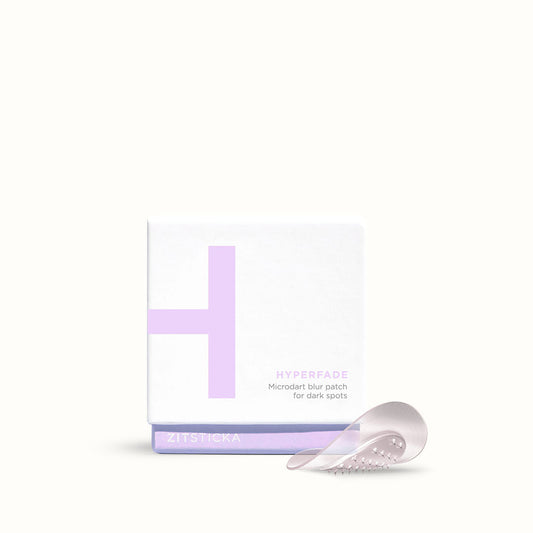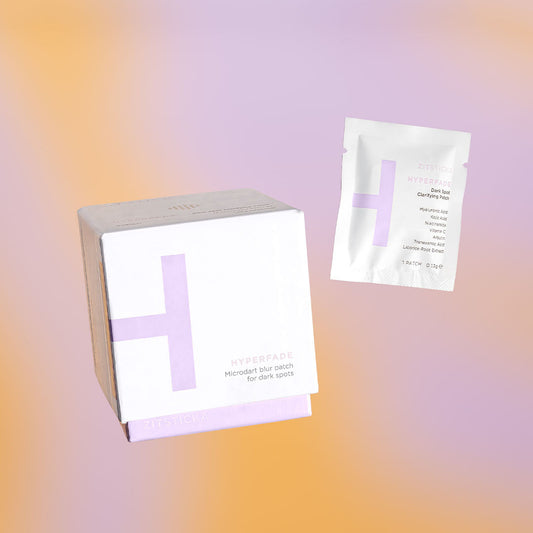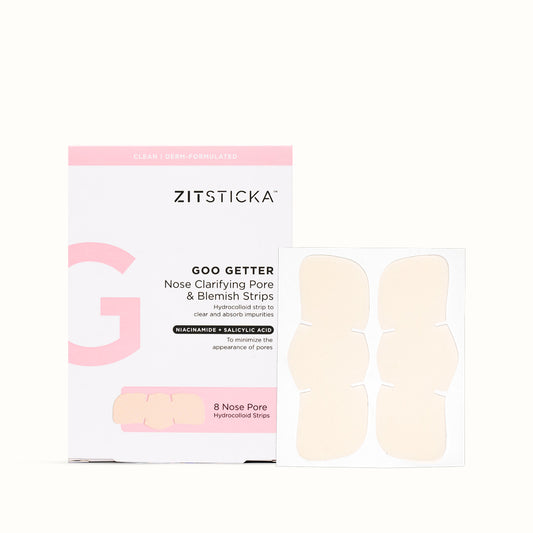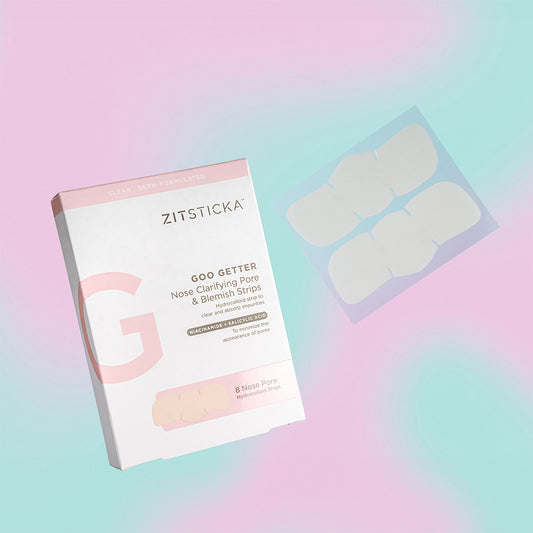By Tyler Guitroz
If there was ever an ingredient of great diversity and potential that any one person could have in their skin-routine, it is vitamin A. Vitamin A aids in speed of healing, prevention of breakouts, and supports the skin’s immune system. It also functions to neutralize free radicals (antioxidants) in the skin that may be causing collagen damage.
Topical vitamin A minimizes fine lines and wrinkles increasing production of collagen in the skin. It’s an antioxidant, which means it helps to fight signs of UV damage like hyperpigmentation and sunspots. It also functions as a pore vacuum in helping to prevent clogged pores and inflammation (aka acne). Further!more! it improves skin tone by stimulating the production of new blood vessels. All around it is the skincare world’s premier ingredient for renewed, baby-skin (with a few caveats)!
Fun fact: higher levels of metabolite vitamin A has been attributed to those with a more youthful appearance whereas the opposite is true of those found with lower vitamin A concentrations.
Foods rich in vitamin A: sweet potatoes, red bell peppers, eggs, salmon, carrots, yogurt and so many more.
So, now you're like, “Okay, cool, that’s great and all, but where do I get my hands on this hero ingredient (besides as a supplement—*cough* something may be coming March 2021)?” Well my friends, I am sure you have already heard of it pretty much everywhere. Enter: Retinoids! Yes, retinoids. Do not fear… I know this ingredient is sporting quite the reputation. Trust me: with this background information and few special tips, you’ll be well on your way to your best and healthiest skin in no time.
Here are some well known vitamin A derivatives:
- Retinyl Palmitate: the least potent OTC retinoid (good for sensitive or excessively dry skin and minimal wrinkles)
- Retinaldehyde: OTC retinoid that is slightly stronger than retinyl palmitate
- Retinol: Strongest OTC retinoid product
- Tretinoin: a potent retinoid available by prescription only
- Tazarotene: most powerful retinoid, available by prescription only
Why it doesn't mix well with certain ingredients
Topical application of retinoids as advantageous as it can be, can also cause quite a bit of irritation. Put it this way: the main function of retinoid as a topical agent is to create new, healthy skin, and it does this well, in part by getting rid of some older skin. This creates the possibility of redness, dryness, and possible peel-iness. A great mindset to have about this process is not a “things have to get bad before they can get good”, but more as “tending the garden”. In order to grow beautiful, healthy greenery you have to pull some weeds and dig up some dirt! Since this process is new to your skin, it is best to take it easy when you start. Avoiding excessive sunlight, wind, or cold is necessary to prevent increased irritation. Additionally, you should avoid abrasive products as well as anything known to produce dryness in your skin.
It is also worth noting that excess vitamin A can be linked to birth defects, so if you are pregnant you should consult with your doctor about use of vitamin A supplements and retinoids before using them
Which ingredients it doesn't mix well with
As with any routine, you should consider the effects of each product and their active ingredients before applying them within the same timeframe. As such there are a number of ingredients you should probably skin in the same night you apply retinoids. When you build up a tolerance, these effects may become less inflammatory, however it is still recommended that you try to avoid using certain ingredients to encourage healthy, mature skin. These ingredients include:
- Vitamin C — has been known to increase sensitivity having to do with its cellular regeneration capabilities.
- Physical exfoliants/scrubs — your skin is/will be in a sensitive state. Also, given the function of retinoids, this process is a bit redundant.
- Astringents — like alcohol-based or witch hazel toners. Basically any oil control products because you need sebum to protect your new skin cells!
- Salicylic acid — a heavy-hitting ingredient found in PRESS REFRESH that deep-dives into the pore to *unglue* debris and dirt.
Some gentler alternatives to retinol if you're pregnant or have sensitive skin (bakuchiol, other acids, niacinamide, etc.)
- Bakuchiol — plant-based oil rich in vitamin A. has anti-inflammatory and mild antibacterial properties as well.
- Centella Asiatica or cica — rich in antioxidants (vitamins A, C, B1 and B2), amino acids, fatty acids.
- Rosehip Oil — rich in antioxiants like vitamin A, E, and C. And being a smaller molecule it can help penetrate the skin deeply to stimulate collagen and aid in anti-aging.
- Vitamin B3 — an ingredient in HYPERFADE also known as niacinamide, which has shown to calm inflammation and, as with retinol, minimize the appearance of pores, while also providing a hydrogen boost to prevent loss of sebum.
- Vitamin C — collagen boosting! However it does not regulate cellular turnover or unclog pores
How often you should use it
Because of the cell turnover effects of vitamin A on the skin, it is always recommended to be used at night. To determine retinoid weekly usage is to understand the strength of your product as well as understanding your skin goals. For beginners, it is best to start out twice a week on non-consecutive days and then work yourself up from there. In this way, you are able to allow your skin to get used to the mechanism of action of vitamin A, which can sometimes be a shock to the skin for first time users. If you start to notice some peeling during the day, this is quite normal! On days of non-use, you could utilize AHAs and BHAslike those in the PRESS REFRESH exfoliating mask to healthily rid of dead skin. Lastly, it is even more essential to wear sunscreen as you would not want to undo all of the hard work your skin has done with the help of its new best friend: Retinoids!
